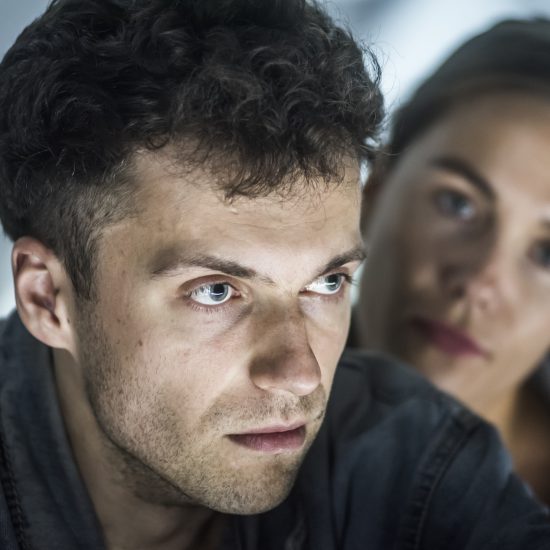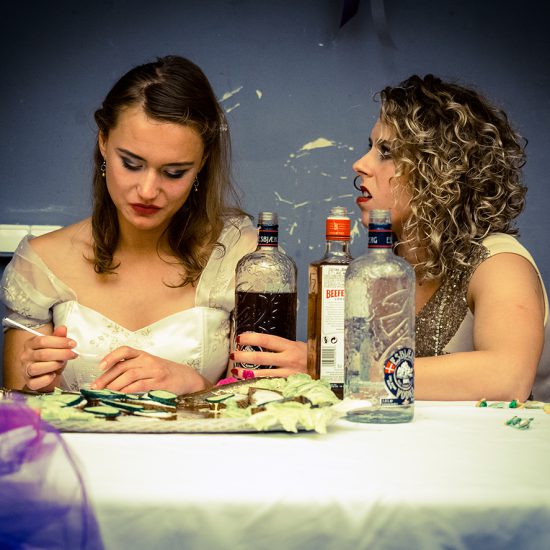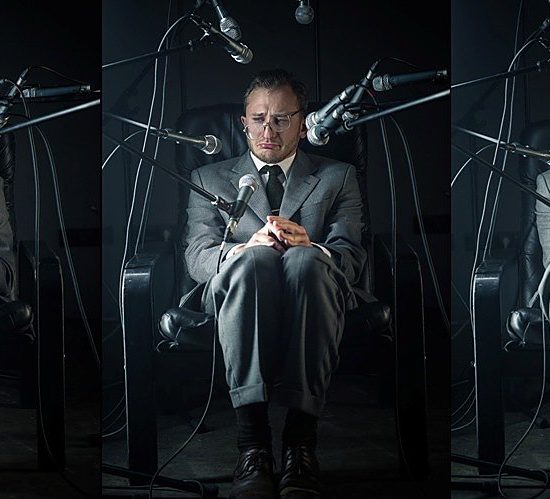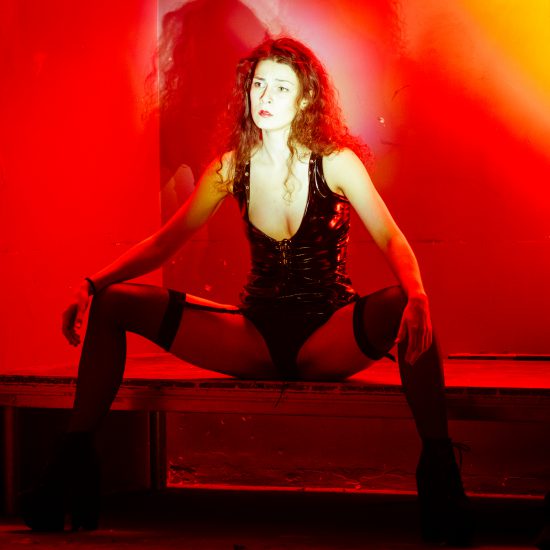Theatricality as resistance. Eastern European directors and Oskaras Koršunovas
The theatricality of political and social criticism, much of it in this kind of absurdist idiom regardless of which play was being performed (frequently it was Shakespeare, so open to metaphorical transposition), became the hallmark of the Eastern European directors who acquired, or were granted, the role of spokes-person for their nations when the latter were under iron control. It is important to note that theatricality as a form of double-talk, which became a necessity under communism, metamorphosed after communism into a highly elaborate aesthetics in which critical perspectives were deeply embedded. Indeed, they were often buried deeply enough in the plethora of startling conceits, tumbling visual and aural images, and movement and dance, which, at first sight, looked fully incongruous, to make them seem totally enigmatic.
[…]
However, he knits it firmly into a production possibly concerned above all with social playacting and falsity and how they deceive and betray everyone. This twine of thought wraps itself around every image, each more surrealistic than the next, including that of a person-mouse with a human-size mouse head – surely an illusion to “The Mousetrap” referred to in Shakespeare’s play. In any case, the production’s opening scene is provocative enough, showing actors who sit in a row at make-up tables and stare into mirrors asking, then gradually shouting, “Who are you?” in collective pandemonium. This “you” is “I”, doubled in the mirror reflection, an “I” that is somewhere there but invisible, as is Hamlet’s father’s ghost. The fact that “Who are you?” is the Lithuanian translation of Shakespeare’s first line “Who’s there?”, which is addressed to the ghost, enables Korsunovas to suggest that “You/I” morphs into a ghost. Thus “You/I” becomes a question of being-but-not-being (and also of suicide), which is embedded in the conundrum of Hamlet’s “to be or not to be”, and, as well, in the making of phantasms-illusions of the theatre.
The image of the theatre conjured up swiftly in this way is compounded by the image of death: Hamlet’s father’s ghost is nothing more than a corpse lying on these same tables. Later, when Hamlet goads Ophelia (Act III, Scene i) and, by this, precipitates her madness, they serve as an altar, or cemetery, adorned with white flowers in white vases in formal, purely perfunctory, gestures of grief. The scene, which, in a surrealistic way, foreshadows Ophelia’s death, draws to its end as Hamlet condemns Ophelia to a nunnery while masses of blood-red paper and plastic flat shapes tumble from the flies. The person-mouse surveys the scene as if it were a battlefield, and this very suggestion anticipates the closing scene of the production where these patches of red, still lying on the floor, symbolize corpses.
Throughout the production, Korsunovas implies by his clusters of images, which recur as variations on the theme of artifice, that the mirror of nature that Hamlet says must be held up, is the mirror of our age, a chimera, a falsehood, in which the question “Who are you?” doubled by “Who am I?” dissolves into silence. The production’s end hovers over the silence of something unfinished, like an instrument that fails to play its last note. “Hamlet” is a confrontation with the troubled times of the twenty-first century proposed by a director who knows that his vision must be strongly personal in order to become personal to spectators: he makes it, but they assume it for themselves in their own individual way, freeing him to take up modestly the role of director-spokesperson up front, when iron control is no more, but social snares continue to entrap people and tie into knots the very act of living/being itself.
Published: “The Cambridge Introduction to Theatre Directing” (by Christopher Innes, Maria Shevtsova; Cambridge University Press, 2013)



